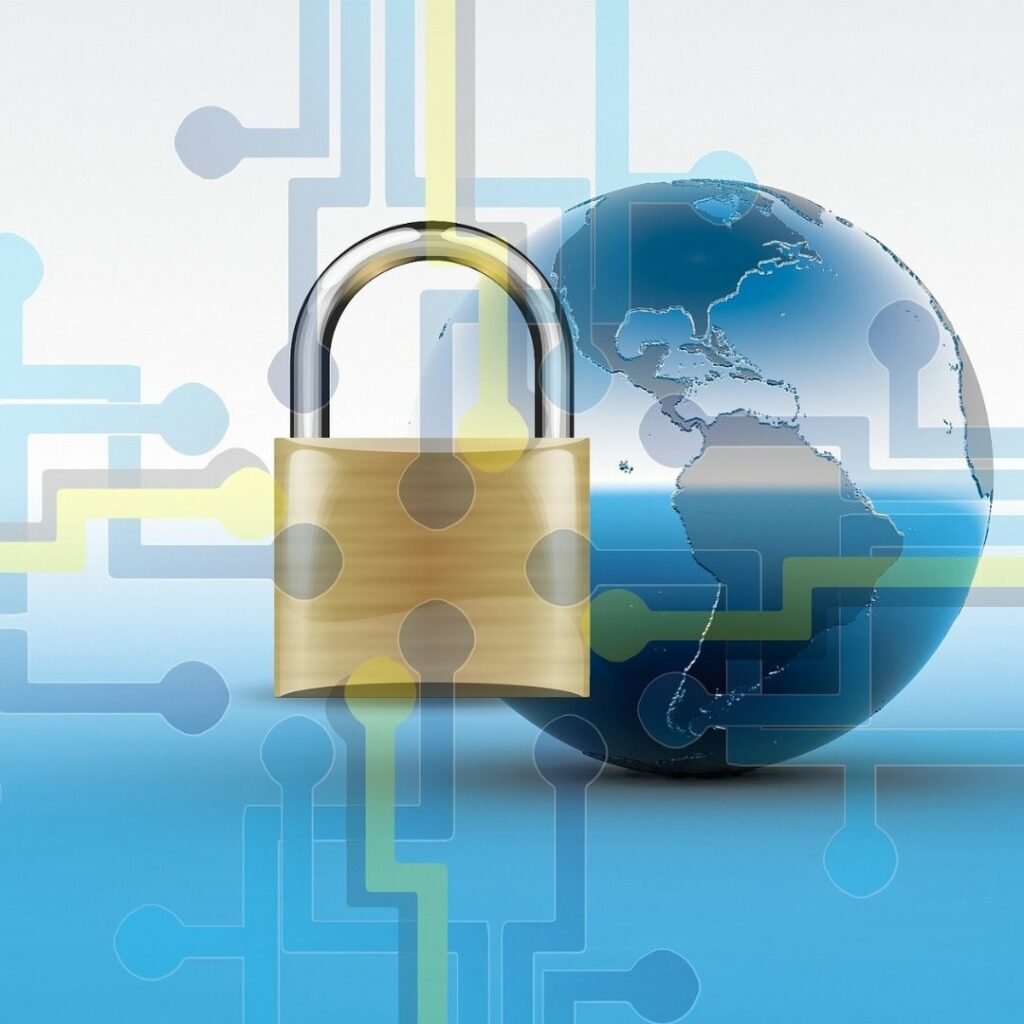
As new technologies emerge and the workplace becomes increasingly digitized, it is crucial to stay vigilant and adapt to new cybersecurity risks to protect sensitive information and data. Cybersecurity efforts at the office are constantly evolving to keep up with the latest security threats and protect sensitive information from unauthorized access, theft, or damage. Offices today are equipped with a wide range of technology, from computers and servers to mobile devices and cloud services. This complexity makes it more difficult to protect against all potential threats. A key trend is the adoption of a more collaborative approach to cybersecurity. In the past, security teams may have worked in silos, separate from other departments. However, we’re now seeing a greater focus on cross-functional collaboration, with teams from IT, HR, and other departments working together to create a more comprehensive security strategy. Defense in depth provides a way to address this challenge.
Defense in depth is a security strategy that involves using multiple layers of security controls including the data layer, application, host, internal network, perimeter, physical, policies, procedures, and awareness. Each layer provides a different level of protection, and if one layer is breached, the other layers can still provide protection. As more business operations are conducted online, the risk of cyber-attacks has increased, and defense in depth provides a way to mitigate this risk. By using multiple layers of security controls, businesses can better protect their systems and data from cyber threats.
As a part of defense in depth, Identity and Access Management (IAM) is evolving rapidly in the office environment as organizations recognize the need to secure their digital assets and protect sensitive data from unauthorized access. Organizations are implementing PAM (Pluggable Authentication Modules) and MFA (Multi-Factor Authentication) to strengthen their authentication processes. Combining PAM and MFA can provide a higher level of security for system authentication and system access.
PAM provides a flexible mechanism for authenticating users by allowing system administrators to configure multiple authentication methods, such as passwords, smart cards, biometrics, and more. On the other hand, MFA requires users to provide two or more different authentication factors to access a system or application. MFA involves a combination of something the user knows (such as a password), something the user has (such as a security token or smart card), and something the user is (such as a fingerprint or other biometric factor).
By using PAM, you can configure multiple authentication methods, including MFA, to verify a user’s identity before granting access to the system. This makes it more difficult for attackers to gain unauthorized access to the system, as they would need to bypass both the primary authentication method (such as a password) and the secondary authentication method (such as a token or biometric scan).
Another way that cybersecurity effort is evolving is through the use of advanced endpoint security solutions. Endpoint security is the practice of securing devices that connect to a network, such as desktops, laptops, servers, and mobile devices. Antivirus and Anti-malware are commonly used endpoint security tool that is designed to protect against a broader range of threats beyond just viruses, such as spyware, adware, and other types of malicious software.
However, these solutions may not be effective against zero-day attacks or advanced persistent threats (APTs) that utilize sophisticated techniques to evade detection. This is where EDR (Endpoint Detection and Response) comes in. EDR is an advanced endpoint security tool that combines detection, investigation, and response capabilities. It uses machine learning and behavioral analysis to identify suspicious activity on endpoints and respond to threats in real time.
By combining antivirus, antimalware, and EDR solutions, organizations can create a more comprehensive and effective defense-in-depth security strategy. Antivirus and antimalware solutions can help prevent known threats, while EDR can help detect and respond to advanced threats that may bypass traditional security measures. This layered approach to security helps organizations protect their endpoints and data against a wide range of cyber threats.
As cyber threats continue to evolve and become more sophisticated, it’s clear that businesses need to stay ahead of the curve when it comes to cybersecurity. By embracing new technologies and adopting a more collaborative approach, companies can help protect themselves and their employees from the growing risks of cybercrime.
Interested in learning more about Cinter Technology and how our services can help your business?